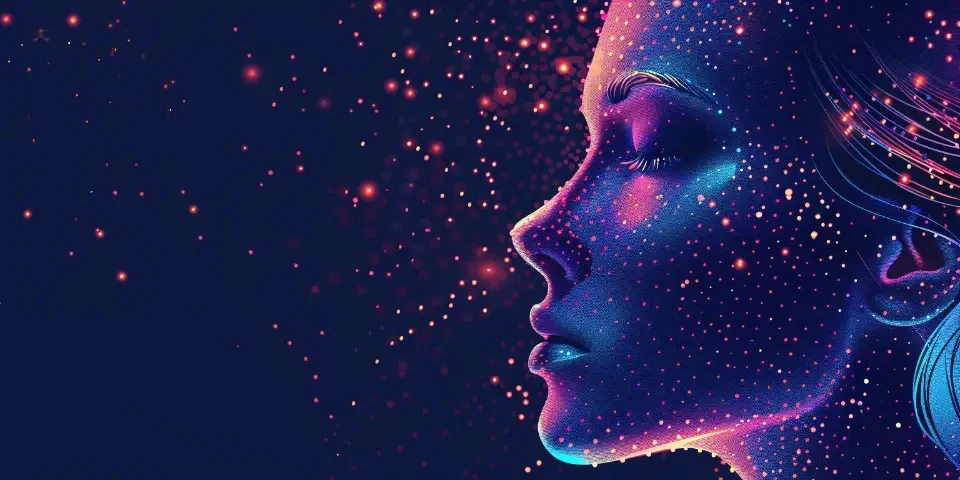Adapting Images into Artwork with AI-based Filters
With the rapid advancements in artificial intelligence (AI), the world of digital art has been completely transformed. AI-based filters have opened up new possibilities for turning ordinary images into stunning artwork. These filters leverage machine learning algorithms to analyze and manipulate images, resulting in unique and visually captivating creations. In this article, we will explore how AI-based filters are revolutionizing the art world and discuss the various aspects of their use.
1. Introduction to AI-based Filters
AI-based filters use deep learning models to enhance and modify images. These models are trained on vast datasets, enabling them to learn and understand the features of different artistic styles. By applying these learned styles to input images, AI filters can generate visually appealing and surreal results.

One popular AI-based filter platform is DeepArt.io. It allows users to transform their images using various artistic styles inspired by famous painters such as Van Gogh and Picasso. The platform utilizes a neural network to adapt these styles to the user's input, resulting in stunning and personalized artwork.
2. Customization and Personalization
AI-based filters provide users with a wide range of customization options. Users can adjust the intensity of the filter, experiment with different styles, and even combine multiple filters to create their own unique artistic effects. This level of customization allows individuals to express their creativity and artistic vision.
Additionally, some AI-based filter platforms offer the option to upload custom styles. This means that artists can train the AI model with their own artwork, enabling them to generate filters that align with their personal style and aesthetic preferences.
3. Replicating Artistic Styles
AI-based filters excel at replicating famous artistic styles. By analyzing and learning from millions of paintings, these filters can reproduce the brushstrokes, color palettes, and overall aesthetics of renowned artists. This replication of styles allows users to experience the essence of various art movements without having to possess the artistic skills themselves.
4. Accessibility and Inclusivity
AI-based filters have made art more accessible and inclusive. With traditional artwork, individuals without artistic training or skills may find it challenging to create something visually appealing. However, AI-based filters enable anyone with access to a computer or smartphone to create compelling artwork within seconds.
Moreover, these filters can be a valuable tool for artists with physical disabilities or limitations. With the assistance of AI, artists can continue to express themselves and create artwork, even if they face certain physical challenges.
5. Ethical Considerations
The use of AI-based filters also raises ethical considerations. As these filters are capable of generating artwork that closely resembles famous artists, questions arise regarding copyright and intellectual property. While some platforms ensure that the generated artwork is the user's intellectual property, others may retain rights to the produced images. Users should be aware of the terms and conditions before using such platforms and consider seeking legal advice if necessary.
6. Integration with Editing Software
AI-based filters can be seamlessly integrated with popular image editing software such as Photoshop or Lightroom. This allows photographers and digital artists to combine the power of AI with their existing workflow, providing them with additional tools for creative exploration.
For example, Adobe Photoshop offers the Neural Filters feature, which utilizes AI algorithms to enhance images or apply artistic filters. These filters can be easily modified and customized through a user-friendly interface, enhancing the creative possibilities for artists.
7. Potential Limitations
While AI-based filters offer numerous benefits, they also have some limitations. The algorithms used in these filters are trained on existing artworks, which may result in a lack of originality or creativity in the generated images. Additionally, the filters may not always accurately capture the user's artistic intentions, leading to unexpected or undesired results. Users should be aware of these limitations and consider them as part of their artistic process.
FAQs:
1. Can AI-based filters replace traditional art and artists?
No, AI-based filters are tools that enhance creativity and provide new artistic possibilities. They cannot replace the unique skills, emotions, and perspectives that artists bring to their work. AI can be a valuable tool for artistic expression, but it cannot substitute the human touch.
2. Are AI-based filters only for professionals?
No, AI-based filters are accessible to individuals of all skill levels. They are designed to be user-friendly and do not require any prior artistic training. Both amateurs and professionals can benefit from the creative opportunities offered by these filters.
3. Are AI-based filters limited to static images?
No, AI-based filters can also be applied to video footage. The same algorithms used for image processing can be extended to videos, allowing for the creation of dynamic and visually striking effects.
References:
1. DeepArt.io: Transform your photos into masterpieces with artificial intelligence. Retrieved from: https://deepart.io/
2. Adobe Photoshop Neural Filters. Retrieved from: https://www.adobe.com/products/photoshop/neural-filters.html
3. Gatys, L. A., Ecker, A. S., & Bethge, M. (2016). Image Style Transfer Using Convolutional Neural Networks. In Proceedings of the IEEE Conference on Computer Vision and Pattern Recognition (pp. 2414-2423).
Explore your companion in WeMate